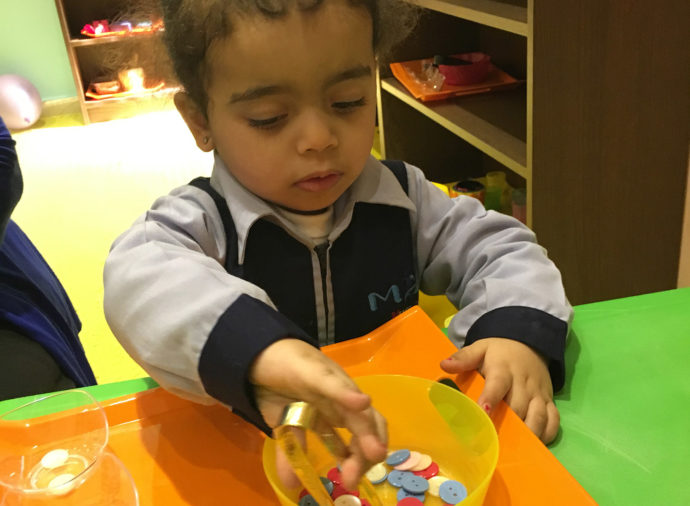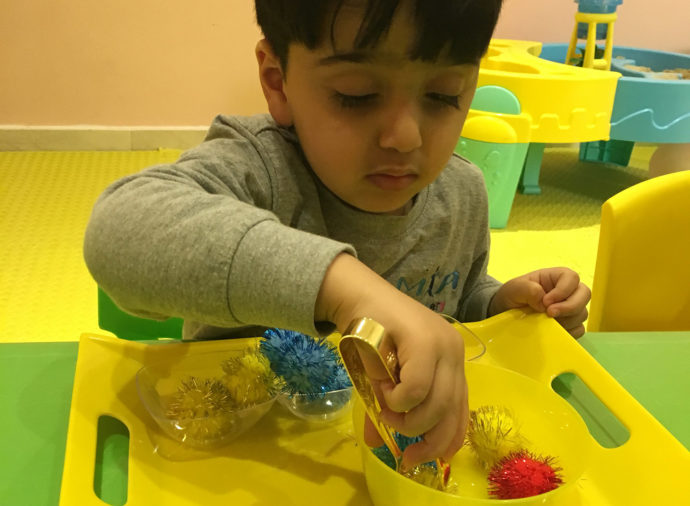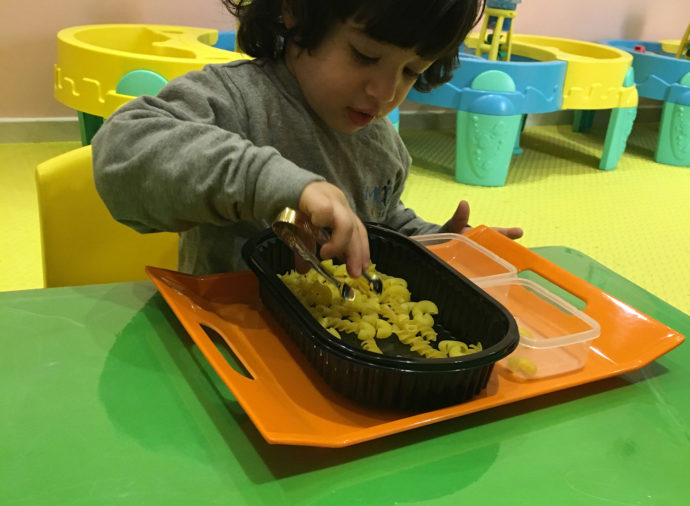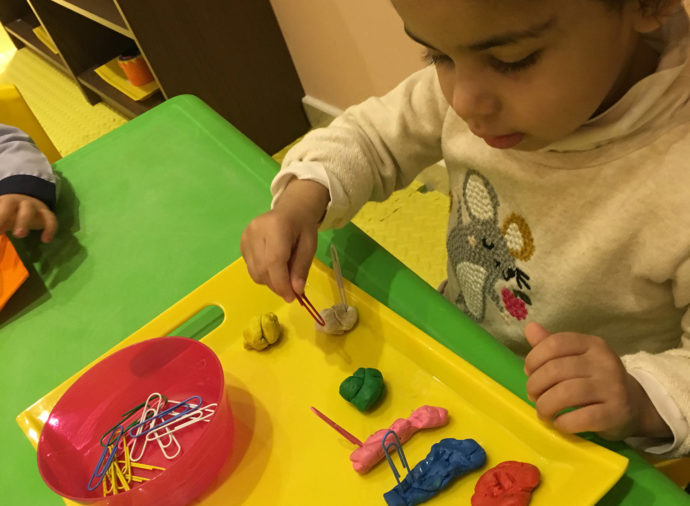-
Prepared Classroom Environment
At Little MIA, we have also adopted the Montessori method; One of the classrooms that the children visit during their scheduled rotation is the Montessori class whereby children work in a “prepared classroom environment”. It is equipped with materials that first teach through the senses and later lead to reading, writing, advanced mathematics, problem solving, geography, science, and cultural studies.
The five key areas of learning in the Montessori environment include:
Practical Life, Sensorial, Language, Mathematics, and Culture.
-
Five Key Areas






